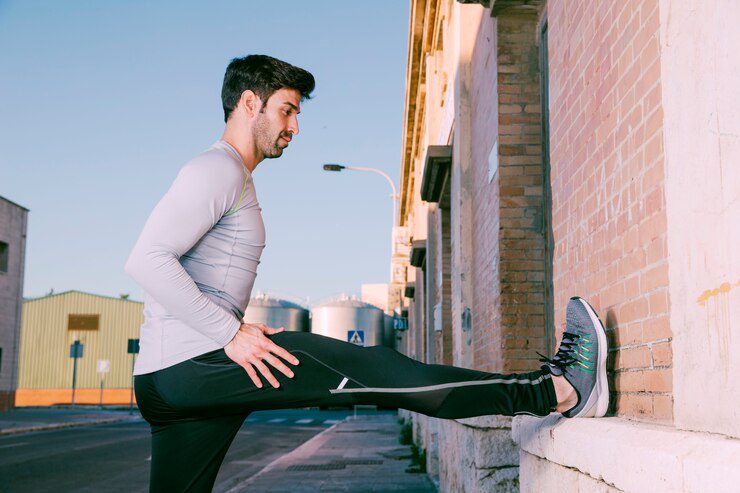Hitting the pavement and feeling the wind in your hair – running is a fantastic way to stay fit, clear your head, and maybe even channel your inner Gazelle. But let’s be honest, nobody wants their running journey to be derailed by a pesky injury. That’s where running form comes in. It’s not just about looking good (although a flawless stride can be pretty #InstaWorthy), proper running form is the key to injury prevention and maximizing your performance.
Today, we’re diving deep into one crucial aspect of running form: cadence. Think of it as the beat of your running rhythm, the number of times your feet hit the ground per minute. Optimizing your cadence can be a game-changer, helping you run smoother, faster, and – most importantly – injury-free. So, ditch the “shuffle and hope” approach, and let’s unlock the secrets of a perfect cadence.
Why is Cadence Important?
Imagine your body as a finely tuned machine. When your running form is dialed in, every step is efficient and smooth. Here’s where cadence comes into play:
Reduced Impact: A higher cadence (more steps per minute) translates to shorter, quicker strides. This reduces the impact on your joints, especially your knees and hips, minimizing the risk of overuse injuries.
Improved Efficiency: Think of running as a spring-loaded system. A higher cadence allows your body to utilize your natural elasticity more effectively, propelling you forward with less effort.
Injury Prevention: By reducing impact and maximizing efficiency, a proper cadence helps in injury prevention of common running injuries like shin splints, a runner’s knee, and plantar fasciitis.
Finding Your Running Form Sweet Spot
So, what’s the magic number for a perfect cadence? Unfortunately, there’s no one-size-fits-all answer. The ideal cadence can vary depending on factors like your height, leg length, and running experience. However, a good starting point for most runners is a cadence of 180 steps per minute (SPM).
Here’s how to find your sweet spot:
Hit the Track: Head to a running track and run comfortably for a short distance. Count the number of times one foot hits the ground for 30 seconds, then multiply by two to get your SPM.
Tech it Out: Many running watches and apps are now tracked for cadence optimization. Use these tools to monitor your cadence during your runs and adjust as needed.
Listen to Your Body: While aiming for a higher cadence is generally beneficial, pay attention to how your body feels. If you experience pain or discomfort, adjust your stride length or cadence until you find a smooth, comfortable rhythm.
Mastering Your Cadence: Tips and Tricks
Optimizing your cadence takes practice, but these tips will help you get there:
Shorten Your Stride: Imagine running with shorter, quicker steps rather than long, bounding strides. This will naturally increase your cadence.
Focus on Your Midfoot Strike: Aim for your foot to land under your center of gravity, near the midfoot. This helps absorb impact and propels you forward efficiently.
Relax Your Upper Body: Avoid tensing your shoulders and arms. Keep your upper body relaxed and swinging naturally with your running rhythm.
Practice Makes Perfect: Integrate cadence drills into your running routine. Try running with a metronome set to a desired cadence, or try drills like high knees or butt kicks that naturally promote a higher foot turnover.
Beyond Cadence: Building an Injury-Free Running Journey
Remember, cadence is just one piece of the running form puzzle. Here are some additional tips for injury-free running:
Invest in running shoes that provide adequate support and cushioning for your running style. Next, never underestimate the importance of a dynamic warm-up and cool-down routine. Pain serves as a signal, not as a badge of honor. Take rest days when needed, and don’t push through pain. Building strength in your core and legs can significantly improve your running form and injury resilience.
Run Happy, Run Healthy
By prioritizing proper running form and optimizing your cadence, you’re setting yourself up for a successful, injury-free running journey. Remember, consistency is key. So, lace up your running shoes, focus on your stride, and get ready to conquer those miles (and maybe even inspire some #RunningGoals along the way!).







